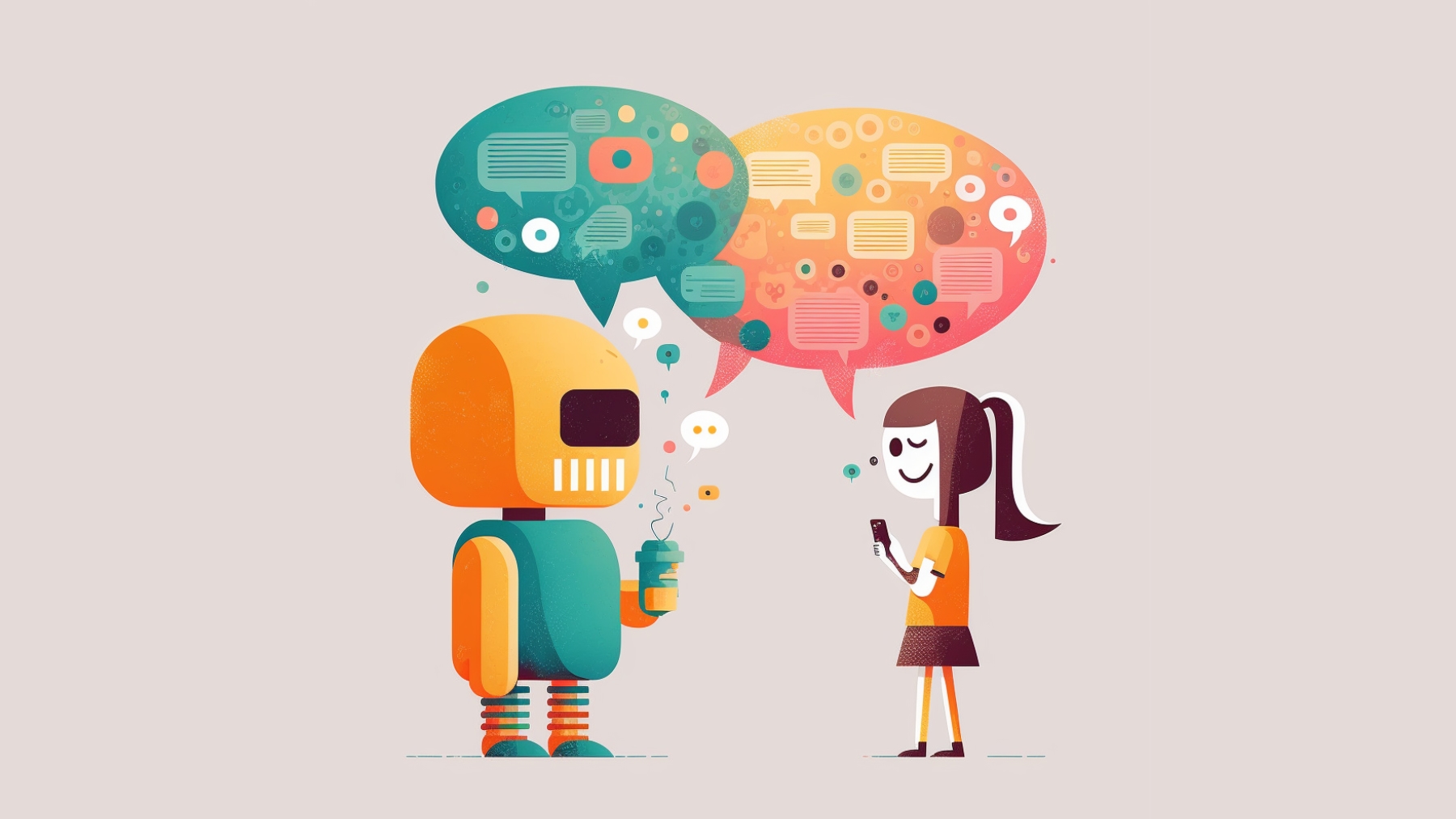From creativity to the bottom line

Before I start: This blog post was first written and published by me in Norwegian on Skapia’s website. I repost it here, in English and a slightly revised version, for easier sharing with some of my non-Norwegian friends and colleagues.
If you, like myself, occasionally find yourself in situations where you need this kind of argumentation, I’d be extremely interested in hearing your opinions and experiences. If you’re not in this situation, surely as educators, I believe connecting the dots between school and life outside education is a good thing. So, please comment if you have any thoughts.
Also at the end of this blog post I’ve got a proposal for you – make sure to check ut out…
From creativity to the bottom line
Why should a commercial company, striving for profit, support children’s creativity? I was challenged to try to explain this to business managers, and here’s one attempt. I try to focus on one perspective only and will write more about this later.
There is a lot of talk about how businesses have a demand for creative employees at all levels – both in management and the individual employees (1). Creativity may contribute both to the development of products and services, to the design of strategy and management, to preserve the entrepreneurial spirit and create development – but also to work environments where employees thrive, find motivation and opportunities for personal growth.
Two examples:
- It is no longer news that machines will take over many tasks that were previously performed by humans, and that our expertise must develop in areas machines cannot manage. Often this is about renewal through creativity.
- A manager of a technology company recently told me about how many employees say that, after the pandemic, they would prefer to work from home. At the same time, productivity decreases, interaction is less efficient, and with less degree of innovation. This company now needs to create a workplace that motivates employees back to the workplace. The creative collaboration will once again be a competitive advantage for the company.
This creativity has to start somewhere…
Children are naturally creative. At the same time, they are shaped into the society in which they grow up. A key factor for preserving and further developing creativity is therefore that it is recognized, promoted, stimulated, and given conditions for development. Children need to experience, over and over again, that creativity is wanted and important. Creativity can be used for nonsense, but it can also be combined with the ever-increasing competence they acquire – in school and elsewhere. Because, when creativity is combined with knowledge and skills, new insights and new opportunities are created. At the same time, we use creativity to find the path from A to B in life. It is a key to both development and life mastery.
…and it needs to be developed
Then comes a point in life where creativity is put under pressure. Adolescence is a vulnerable period, with detachment from parents, turning to new environments, new responsibilities, and new opportunities. Many young people experience high demands for conformity. Others get enormous energy that must be channeled constructively. Again, the belief in one’s own creative abilities is central to the ability to cope with challenges, find meaning and choose directions.
Then youth become students and young adults. This is a phase in life where competence is targeted through studies and entry into working life. Adult life is approaching. Everyone knows that it involves responsibilities and opportunities. Many young adults feel that the foundation is being laid for a career path that will affect large parts of life, both in terms of finances, professional and personal development. What place do play and creativity have now? Does the individual stand firm in himself and his own opportunities to create, develop, innovate and express? And are these skills in demand for their future working life?
For some, the job interview is coming up next. Others are passionate about an idea or a solution they want to create from scratch through their own entrepreneurial activities. Who will succeed now – the skilled or the creative? But don’t we want both the entrepreneur and our next employee to be just the perfect combination of these, – the skilled and creative? If so, the creativity has to start somewhere – and it needs to be developed. It cannot wait…
Next up:
I plan to write something around creativity and cognitive flexibility, inspired by this inspiring video. But hey, do you want to join? What if we did this as a collaboration? A little research, share thoughts for the disposition, and then write a collaborative text. Are you in?


